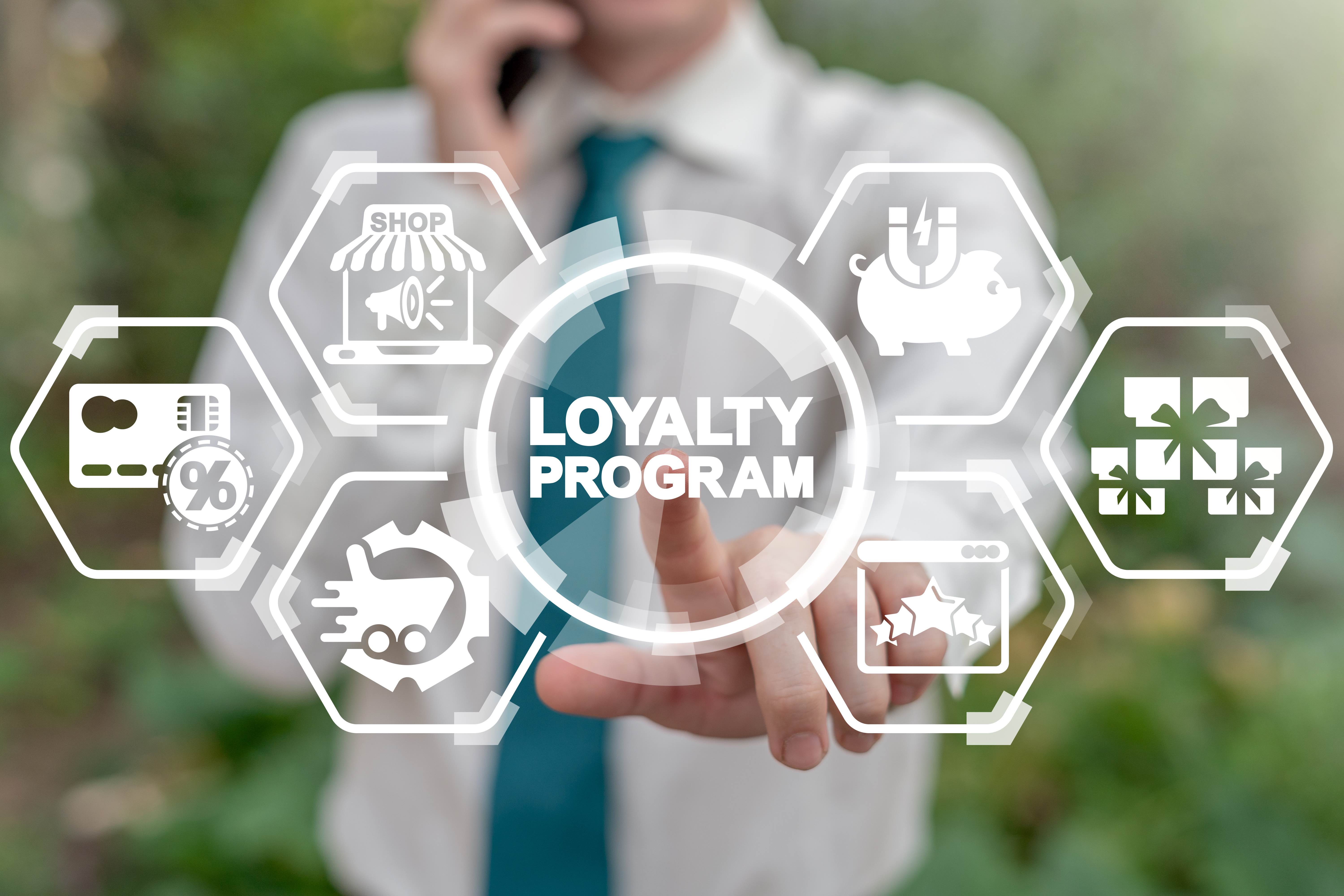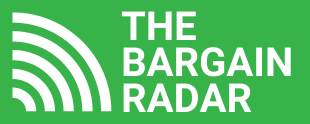
It is a business fact that it costs up to 20 times more to GET a new customer than it does selling to an existing one. Moreover, once a customer is loyal to a brand, they spend a huge amount more over time. SOOOO, it then makes TOTAL sense that once a company has got you to buy something, they will do whatever they can to keep you coming back. A big part of this is the introduction of customer loyalty programs.
The concept of customer loyalty programs, in general, is obviously not a new thing. The roots can be traced back into the 18th century – from tokens, to stamps, to box tops. Frequent flyer programs were brought in – notably, American Airlines’ AAdvantage was the first – across the 1980s.
However, the emergence of eCommerce sites and online payment solutions have truly shaped the landscape of loyalty marketing in the digital age. It is now a rare thing if a store or brand does NOT have a loyalty card.
With the advent of smartphones and mobile apps, loyalty programs have become more sophisticated and widespread. You can now walk into a Starbucks, pay on your phone, bank the points via your loyalty app, and walk out with your Triple Shot Skinny Latte – it’s so simple now.
Travel brands and airlines work in such a competitive sector, that the temptation of a free night in a hotel, or a free transatlantic flight if you stay loyal to a big-name airline (always check out their partner airlines too) can save you some serious cash. And it really does influence your choice of who to book with, when there are not too vast differences in the prices for hotels and flights.
For us here at The Bargain Radar, we have always booked, where at all possible, our hotels with Hotels.com and flown with JetBlue.com internally in the US and Delta ‘SkyMiles’/Virgin’s ‘Flying Club’ internationally – who are flight partners. Your choice of brand and booking site will come down to your personal preferences with their pricing and booking systems, and of course, your travel experiences with the airlines.
However, do not ever limit yourself to one loyalty program. Whoever you sly with, stay with, or buy with – make sure you sign up to that program too. You never know when it will be useful. They are easy to keep track of, just note down all the details somewhere safe!
Grocery stores – have you ever been at your local or usual grocery store and either heard the electronic voice of the automated checkout, or the cashier ask you for your rewards card? I know we have! And every time it happens, do you ignore it? Signing up is usually REALLY simple and the money you will save is ALWAYS worth however long that sign up takes. You will gain points to actually SAVE YOU MONEY on your grocery bill, as well as access all those ‘special’ daily deals you will see walking around marked on the shelf price.
What makes a good loyalty program?
Simplicity: The company or brand must keep their points system easy to understand. If a user needs a degree in mathematics to understand the system, they will not stick around. They’ll go and find something simpler. Hotels.com does this perfectly, with a basic promise of ‘Book 10 nights and get a night FREE’.
Relevance: In an age of information and full digitalization, using data and buying history of your loyalty user to find and show them relevant deals is a must. Delivering a personalized experience will ensure their continued loyalty and the likelihood of them engaging with the experience and to make more purchases.
Be clear and be flexible: Make it VERY clear how your loyalty points are earned and where and what they can be used for. For us, this is the reason the Virgin and Delta frequent flyer programs have enticed us back! The interaction with customer service from both programs has been clear, clean and easy – using points built up in the separate programs to use on either brand.
